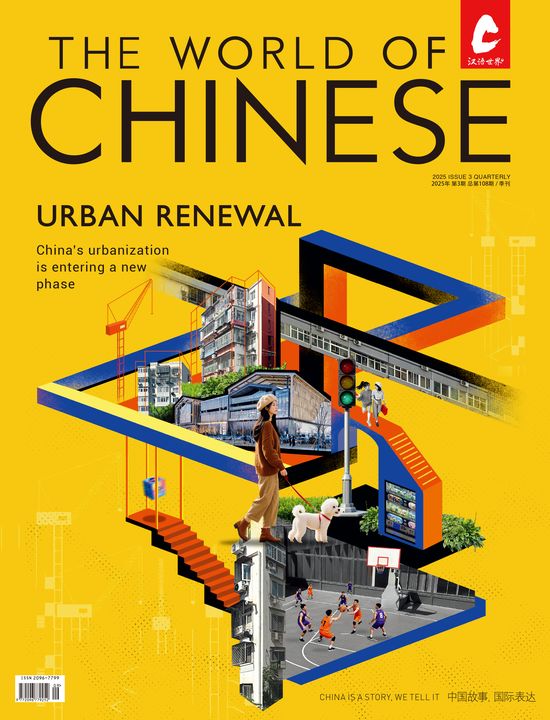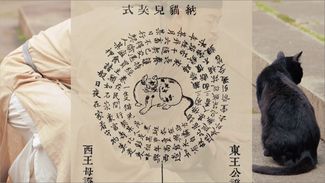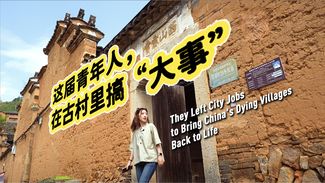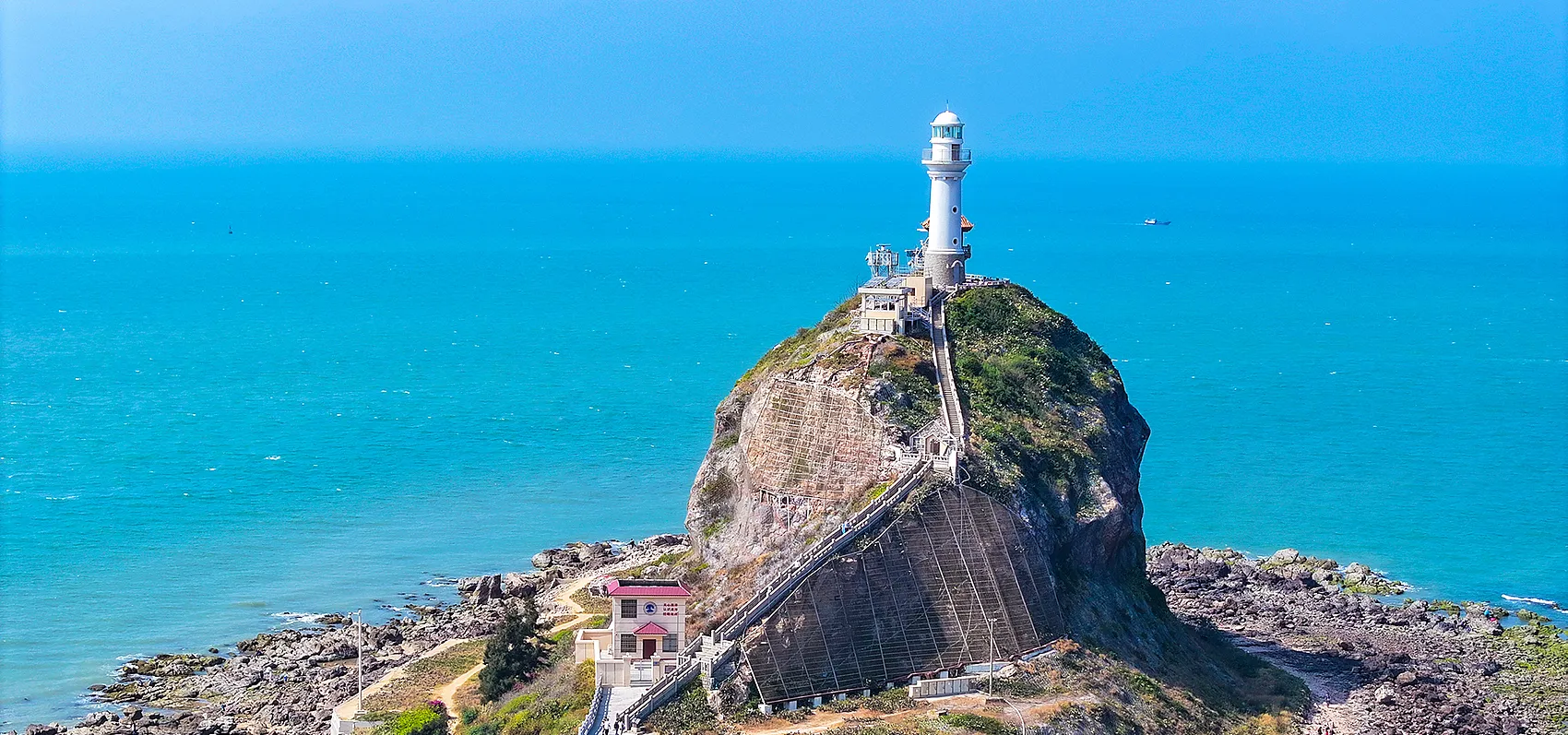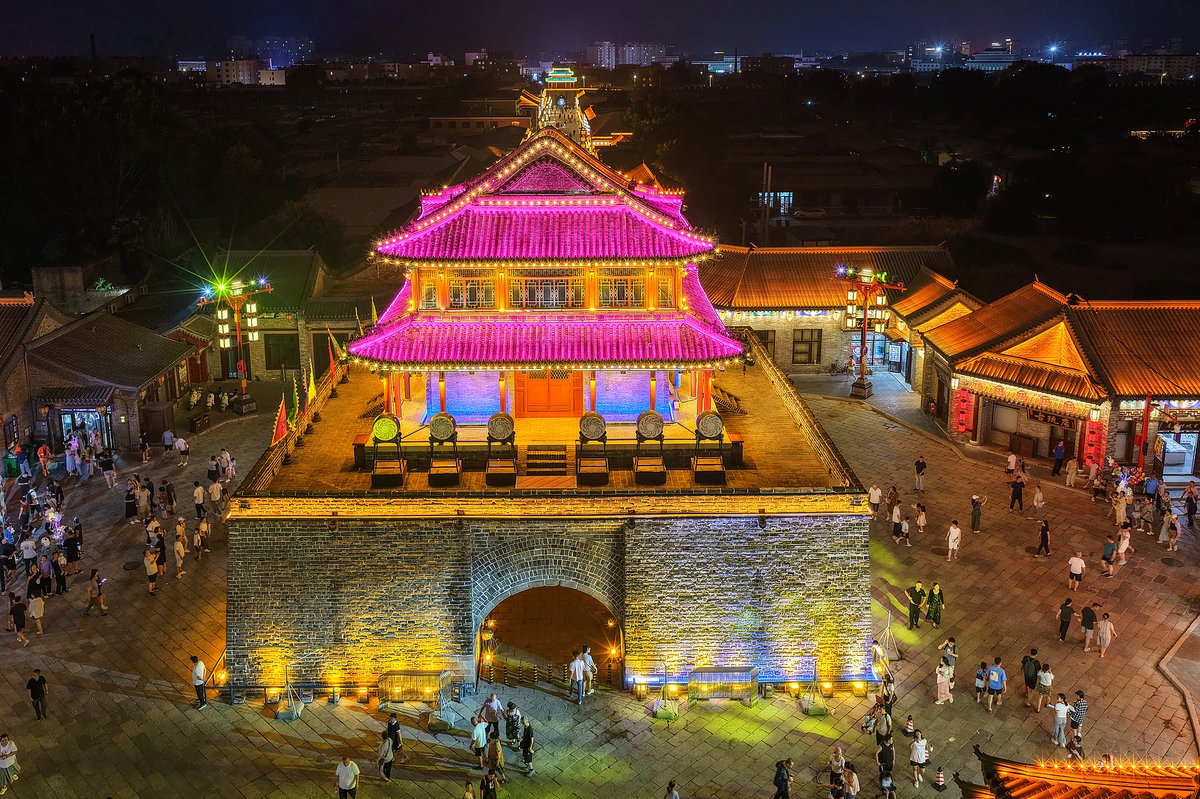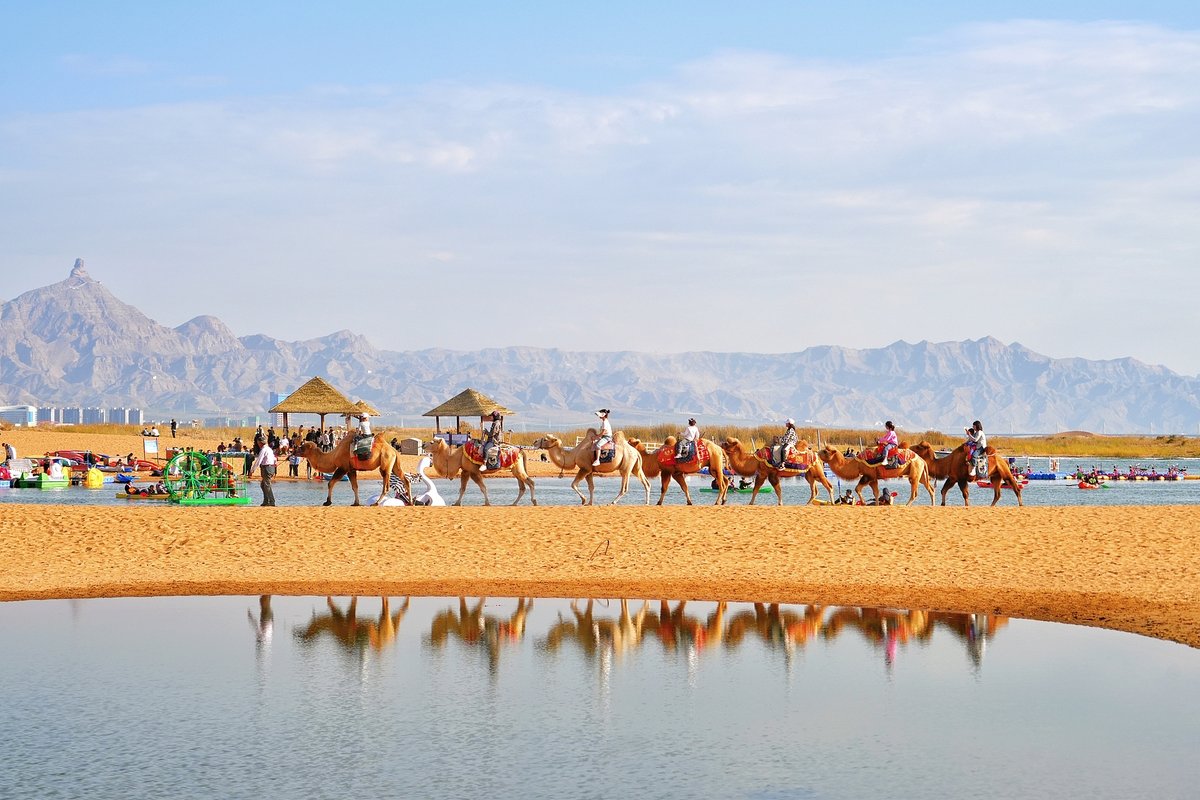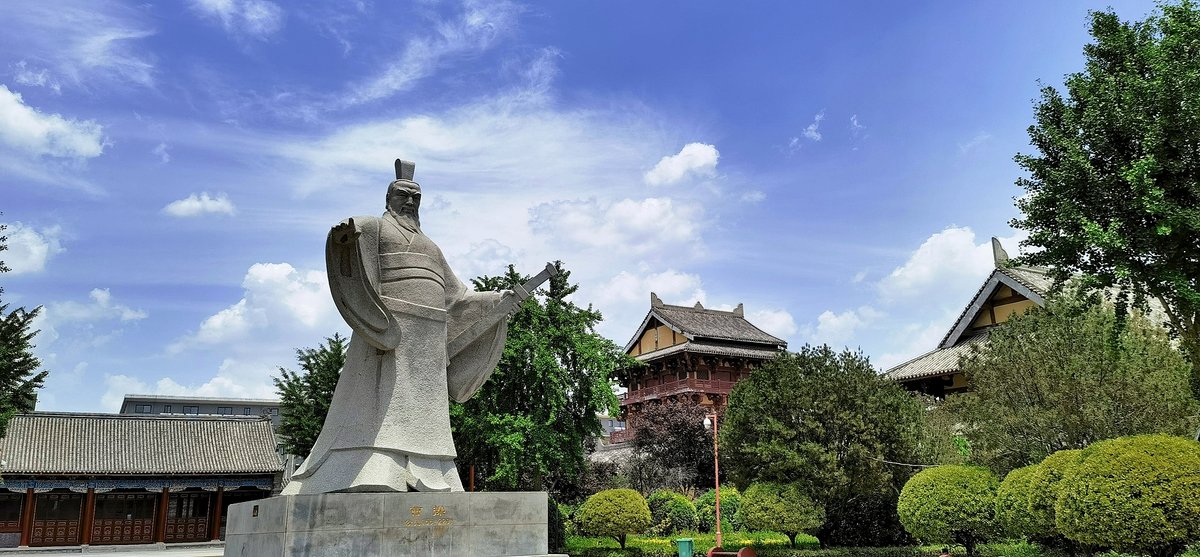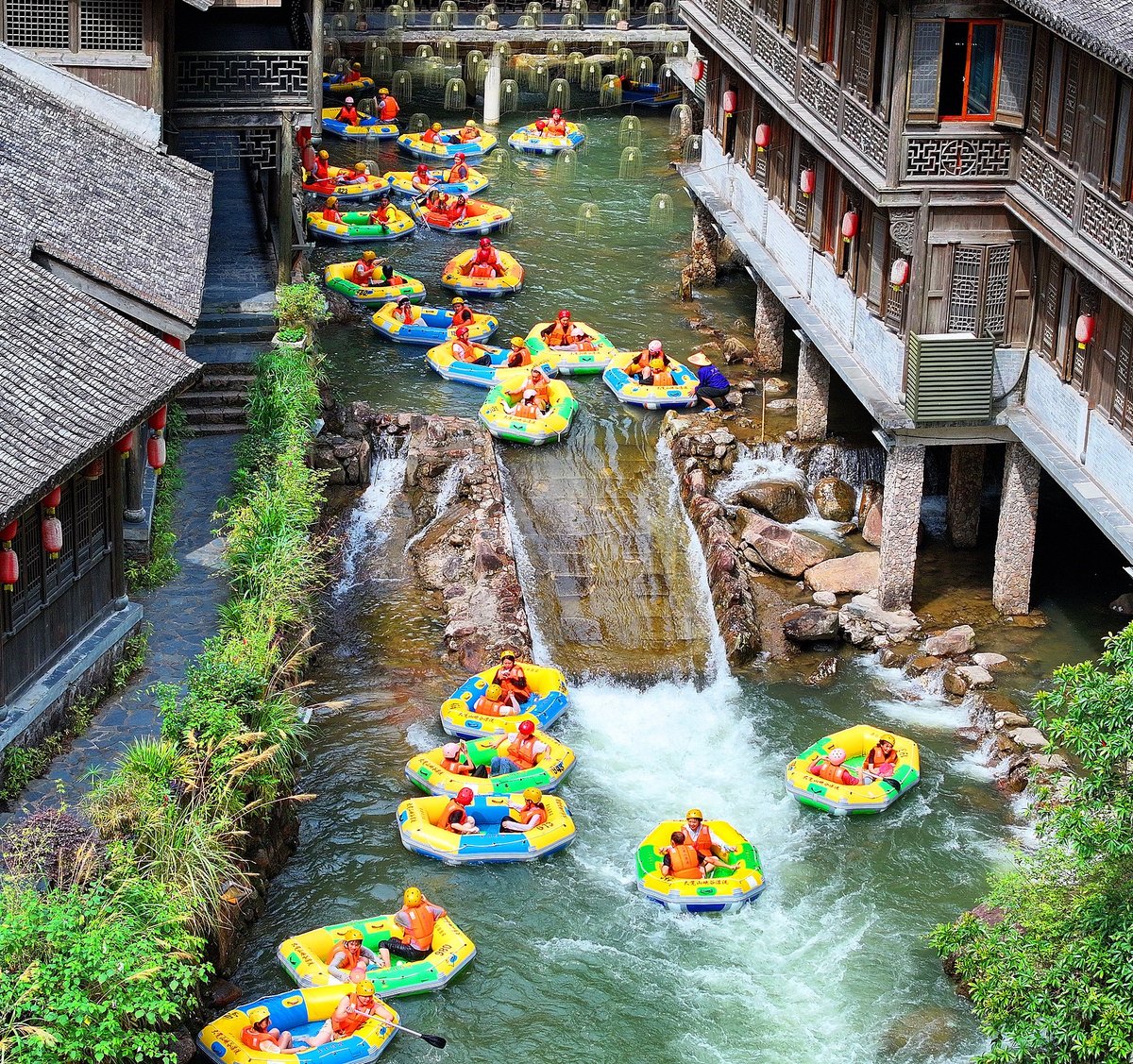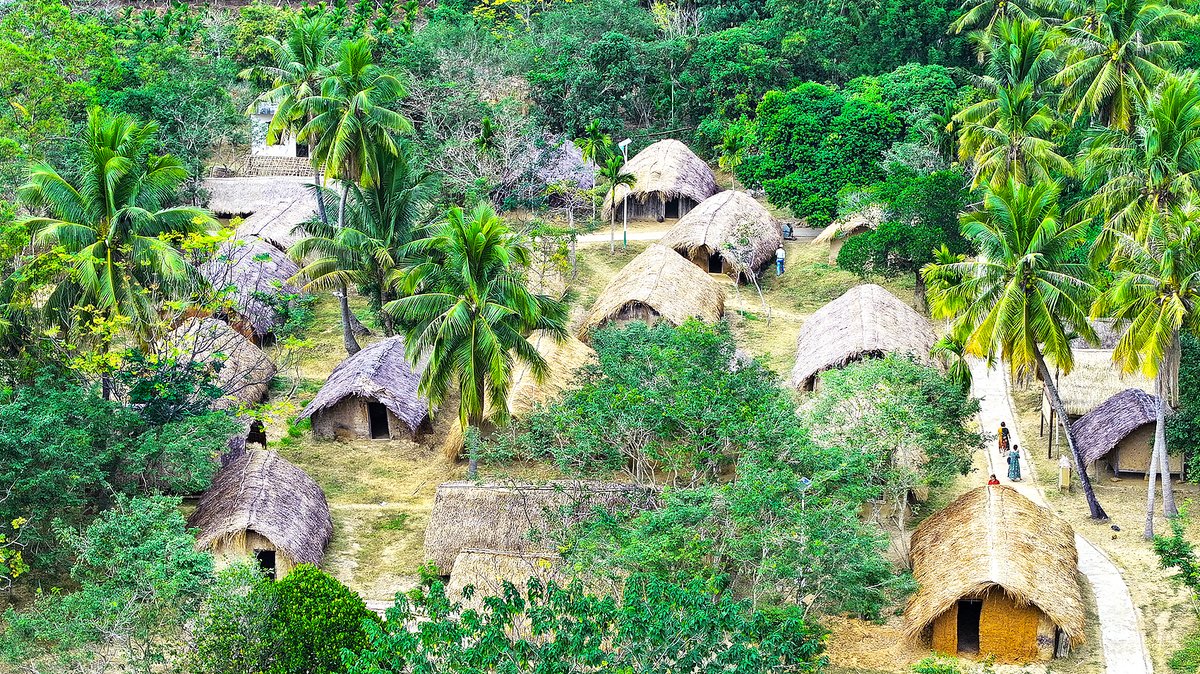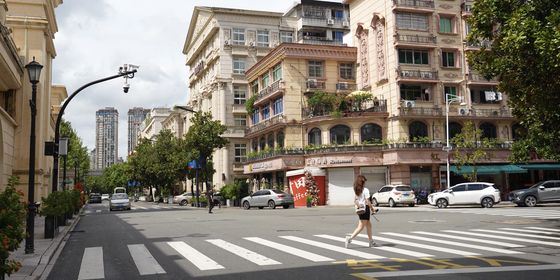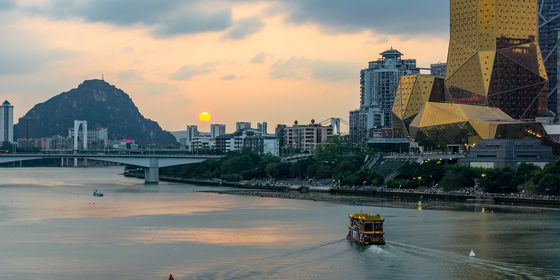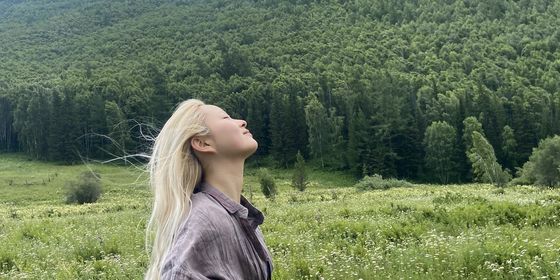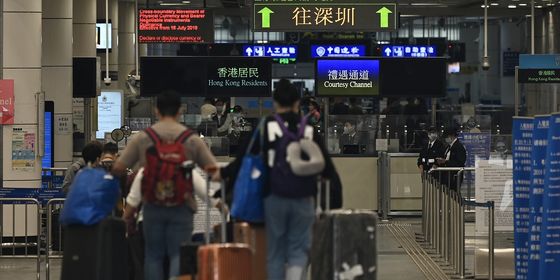Spanning the country from north to south, these five lesser-known destinations range from deserts to tropical coasts and offer (relatively) quieter alternatives to the holiday rush
The National Day, marking the 76th anniversary of the founding of the PRC this year, kicks off an eight-day holiday—a much-needed break for workers hustling day in and day out. Yet this extended holiday is also the nation’s peak travel season, with over 765 million trips made last year and popular destinations like Chongqing, Beijing, Chengdu, and Hangzhou packed to the brim.
In recent years, many Chinese travelers have started seeking offbeat destinations for peace, quiet, and a slower pace—a trend the media calls “reverse travel.” Here, we’ve rounded up five hidden gems worth exploring this holiday, from desert wonders in the north to ethnic culture on tropical islands in the south, and everything in between.
Huludao, Liaoning
Despite the character “dao (岛, island)” in its name, Huludao is actually a peninsula jutting into Bohai Bay on China’s eastern coast. In the Ming dynasty (1368 – 1644), its prime location along the route connecting the Central Plains to the northeast made it a key military stronghold. Today, visitors can wander through the historic Xingcheng Ancient City—a fortified city and one of the four best-preserved Ming cities in China—and hike along the Jiumenkou Great Wall, famously built over a moat, soaking in centuries of history and architectural ingenuity.
Once a military stronghold, Huludao has transformed into a modern seaside city, complete with hot spring villas and beach resorts. Interestingly, Xingcheng, a county-level city of Huludao, produces nearly 190 million swimsuits a year—about a quarter of the global market—and is dubbed “China’s swimsuit capital.” Visitors can snap a photo beside the giant swimsuit sculpture in the city’s seaside Bikini Square or browse the latest designs in local stores.
This National Day holiday, Hulu Ancient Town, a local ancient-style commercial area, will host over 80 live events, ranging from fireworks to traditional opera.
Wuhai, Inner Mongolia
In northern China’s inland Inner Mongolia, Wuhai offers a unique “seaside” experience in the desert, where visitors can hop on a sightseeing boat to cruise across Wuhai Lake while demoiselle cranes soar gracefully overhead.
A reservoir established on the Yellow River in 2013, the 118-square-kilometer Wuhai Lake covers an area that is 18.5 times that of Hangzhou’s West Lake. With the Ulan Buh Desert along the western bank, visitors can hop off the boat, climb onto a camel’s back, and ride across the golden sands—or even spend the night camping under the desert stars.
Wuhai is a city founded on coal mining, which began in the 1950s, and has since developed into a modern industrial hub in central-west Inner Mongolia. Visitors can also experience the local Mongolian culture, from the Tibetan Buddhist Manbala Monastery to traditional Mongolian cuisine. The city is home to a distinctive wine scene, with locally grown grapes that are high in sugar and balanced in acidity, thanks to abundant sunlight and large temperature swings between day and night.
Xuchang, Henan province
Xuchang, a fourth-tier city in central Henan, has gained national attention thanks to Pangdonglai, a homegrown supermarket chain whose remarkable rise attracts both retail professionals and curious shoppers.
But the city is equally steeped in history, once serving as the stronghold of the warlord Cao Cao (曹操) during the late East Han dynasty (25 - 220). Known as the “Old Capital of Wei,” Xuchang became the imperial seat in the year 196, when Cao convinced Emperor Xian of Han to move the court there from Luoyang. For over two decades, he ruled by controlling the emperor to command the lords of the realm. After his death, his son compelled Emperor Xian to abdicate, founded the State of Wei, and posthumously honored his father as Emperor Wu of Wei.
Today, traces of this past remain. Visitors can see relics of the old capital, a reconstructed Cao Cao mansion, and an ancient-style commercial street, among others. Fans of Romance of the Three Kingdoms will find sites tied to legendary episodes, including the residence of Guan Yu (关羽), who briefly served Cao Cao after being captured. Within it stands the Spring and Autumn Tower, where Guan is said to have studied history late into the night. Though treated with respect by Cao, Guan ultimately chose loyalty to his sworn brother Liu Bei (刘备), founder of Shu State.
Beyond supermarkets and history, Xuchang is also renowned for producing over half of the world’s wigs. For those in search of a new style, Hair & Wig Street offers what is perhaps the most extensive selection of wigs anywhere in the world.
Fuzhou, Jiangxi
Though often jokingly dubbed one of China’s provinces with the “least sense of presence”—partly because it is overshadowed by more developed and better-promoted neighboring provinces such as Guangdong, Zhejiang, Fujian, and Hunan—Jiangxi is well worth exploring, particularly the small city of Fuzhou, known for its refreshing weather and pristine nature.
About a 1.5-hour drive from the provincial capital, Nanchang—one of the country’s hottest cities in summer—Fuzhou hosts nine of the province’s 15 summer resorts recognized by the meteorological authority, ranging from mountains and forests to rivers, valleys, and nearby villages. In fact, the city is surrounded by mountains on three sides, and many of its counties have been designated as “natural oxygen zones” by the China Meteorological Administration.
Each resort offers a variety of activities. For example, at the Dajue Mountain Scenic Area in Zixi county, visitors can take a train ride along a 1,000-meter cliff to tour the mountain and then go rafting in the valley. The area also features a studio base with Song dynasty (960 – 1279)-style architecture, part of the film sets for movie and TV productions.
Dongfang, Hainan
For a slower pace by the sea, Dongfang is one of the best-kept secrets of the southern island province of Hainan. Situated on the island’s remote west coast, the city—ironically named “the East”—stretches along a stunning 84.4-kilometer coastline. Despite its low profile, Dongfang has a history of over 2,000 years, making it one of the island’s oldest settlements.
Less than a three-hour drive from the provincial capital, Haikou, Dongfang combines rugged coastal beauty with rich ethnic heritage and striking geological wonders. Often overlooked by mass tourism, it is perfect for travelers seeking authentic local culture, including the traditions of the Li and Miao people.
In Baicha village, 81 well-preserved and inhabited boat houses line the waterways. Renowned as the spiritual home of the Li people, the village draws both tourists and historians with its quiet, timeworn charm. Besides its ethnic culture, visitors can enjoy budget-friendly seafood feasts and stunning beach sunsets.
